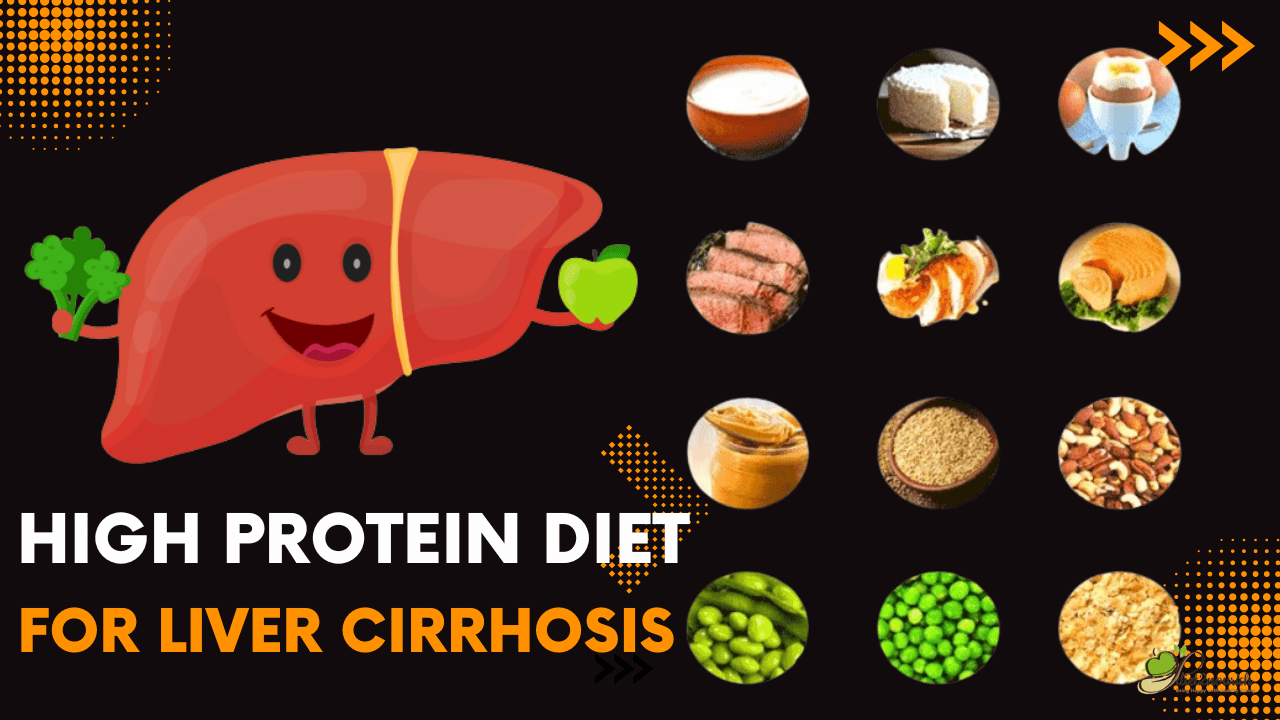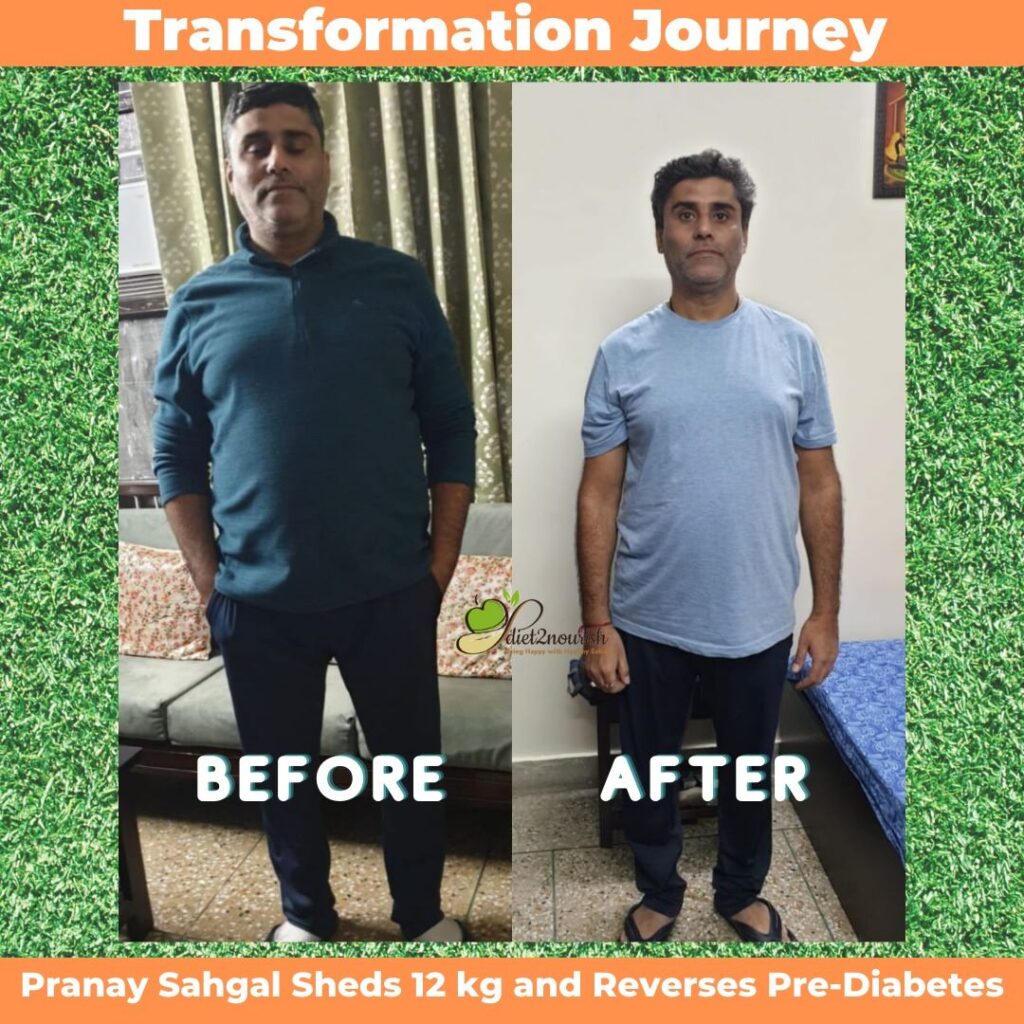High Protein Diet For Liver Cirrhosis
Patients with cirrhosis often lose weight because of changes in their metabolism and digestive issues that happen when the liver gets worse.
So, if you have this disease, it is very important what you eat and drink every day, because things like protein, salt, and sugar make your liver work harder, which it may no longer be able to do.
The liver is one of the most important organs because it does about 500 things. When cirrhosis damages the liver, it can’t do one of its most important jobs, which is to help your body get the nutrients it needs from the food you eat.
A cirrhosis diet can help you get enough nutrients, keep your liver from having to do too much work, avoid problems, and stop further liver damage. Research shows that people with liver disease who are poor are more likely to die from cirrhosis or its effects. This article will explain a high -protein diet for liver cirrhosis, so if you want to know, keep reading it.
Foods to Eat or Not Eat If You Have Liver Disease
Depending on your general health and unique requirements, your cirrhosis diet will need to be adjusted. However, the following basic nutritional principles will help to guide this eating strategy:
Abstinence From Alcoholic Beverages
– For a person with cirrhosis, any amount is harmful because it may result in more liver damage or possibly liver failure. Additionally, drinking might result in additional health issues such as malnutrition.
- Fat Limiting – The body uses bile, a yellowish-green liquid generated by the liver, to digest fats. Injuries to the liver may limit bile production and supply, leading to digestive issues. A high-fat diet is challenging for a liver that is slow to metabolize. However, good fats can be ingested in moderation.
- Avoiding Uncooked or Raw Meat/Seafood – People with cirrhosis have weaker immune systems, so the germs and viruses in these things can make them sick in a way that could be very bad.
- Eat Foods From All Of The Food Groups – Grains, fruits, vegetables, meat and beans, milk, and oil are examples.
- Consume Fibrous Foods – Your liver will work more efficiently if you eat more fiber. Your body needs fiber, which may be found in fruits, vegetables, whole grain bread, grains, and cereals.
- Drink A Lot of Water – It continues to keep you hydrated and promotes healthy liver function.
How Long Does Liver Cirrhosis Diet Last?
Even if you are not feeling ill, your doctor may advise you to follow a cirrhosis diet if you are at risk for liver disease. There are typically no symptoms in the early stages of liver disease (the compensated phase).
After significant liver damage has taken place (decompensated phase), symptoms of liver disease may not manifest for years. You will probably need to follow a cirrhosis diet for a considerable amount of time because changing your food will only help prevent more liver damage and not fix what has already happened.
Diet For Liver Disease Recovery: What to Consume?
There are certain foods and drinks that you must completely avoid if you’re on a cirrhosis diet. However, there are many healthy and delicious options available to you, such as whole grains, fresh veggies, and plant-based protein.
Compliant Foods
- Raw or steamed fruits and vegetables that aren’t seasoned with salt or butter
- the egg and egg white
- Cooked fish (tuna and salmon)
- Skinless chicken or turkey that is lean
- Greek yogurt with little fat
- Ricotta with cream cheese
- Hard cheeses (like mozzarella and cheddar)
- (Unsalted) nuts and seeds
- Dried legumes and beans
- Unsalted nut butter
- Tofu
- Fortified rice, soy, and almond milk substitutes
- Margarine
- Oats
- Cereals, crackers, and bread made with whole grains
- Rough rice
- Oil of olives
- Natural herbs
- Low-fat dairy
- Garlic
- Ginger
- couscous, quinoa
- Cereal and granola bars
- A coconut beverage
- Approved meal/nutritional supplements
Non-Compliant Foods
- Fish and shellfish that are raw or partially raw, such as oysters and clams
- fried food and fast food
- The red meat
- Food in cans (soup, meat, and veggies)
- Prepared, packaged foods, including frozen snacks and dinners.
- Sausage, hot dogs, and lunchmeat
- Cucumbers with pickles
- Buttermilk
- Tomato jam or sauce
- Muesli or instant hot cereal
- Popcorn, pretzels, rice cakes, chips, and pretzels
- Pasta, bread, and white rice made with refined white flour
- Stuffing, coating, and breading mixtures
- Full-fat dairy items
- Mixtures for bread, biscuits, pancakes, and baked goods
- Doughnuts, muffins, cookies, and pastries
- Cottage cheese, American, Parmesan, Swiss, blue, feta, and/or Swiss cheese slices.
- Frosting, custard, or custard mixtures
- Sea salt, table salt, and seasoning blends
- Salad dressing, ketchup, soy sauce, salsa, and steak sauce
- Cubes of bouillon, broth, gravy, and stock
- Coffee, tea, and soft beverages with caffeine
- Alcohol
Healthy Supermarket Shopping Suggestions for a Cirrhosis Diet
- Choose veggies and fruits that don’t have extra salt or sugar or sauces that are high in calories.
- Choose foods that are high in fiber and whole.
- Choose chicken and fish that have been cooked healthily and don’t have skin.
- Choose lean cuts of meat instead of those with a lot of fat.
- Fish with a lot of omega-3 fatty acids, like salmon, trout, and herring, should be eaten at least twice a week.
- Check your dairy to see if it is fat-free (skim) or low-fat (1%).
- Avoid meals with partly hydrogenated veggie oils to cut down on trans fat. Replace unhealthy saturated and trans fats with healthier monounsaturated and polyunsaturated fats.
- Cut down on how much sugar you eat and drink.
- Lessen how much salt you eat.
Meal Timings and Dietary Advice for Liver Cirrhosis
Your doctor may encourage you to eat extra calories because liver disease can lead to malnourishment.
Consider eating small, frequent meals and snacks throughout the day if you don’t feel like eating larger meals to increase your calorie consumption.
Some people with liver cirrhosis wake up during the night. They might stay up late and then take naps during the day. People with cirrhosis may benefit from eating a late-night snack (especially ones made especially for this purpose) if they wake up in the middle of the night.
Make sure to plan your meals around when you are awake, whether it is during the day or at night if your sleep schedule is disturbed. Avoid going longer than a couple of hours without eating or having a snack.
Cooking Suggestions For The Liver Cirrhosis Diet
- Try grilling or simmering vegetables without butter or oil.
- Use fresh herbs and seasonings in place of table salt if your cirrhosis diet restricts sodium intake.
- If you are accustomed to adding salt to your diet and have difficulty breaking the habit, your doctor may permit you to use a salt substitute.
- Begin beef preparation with lean portions. Chicken without the skin is preferable to red flesh.
- Depending on the preparation, you may occasionally be able to consume small amounts of beef. For instance, grilling meat instead of heating it in oil or butter reduces the fat content and prevents it from becoming too oily for a cirrhosis diet.
- Use fundamental food handling and safety procedures in addition to avoiding raw or partially cooked meat and seafood to reduce your risk of foodborne illness.
The Closing Note
Reduce the strain on your liver if you have liver cirrhosis by making some dietary and lifestyle adjustments. Avoiding alcohol is essential, and eating green vegetables to support a healthy liver is advised.







